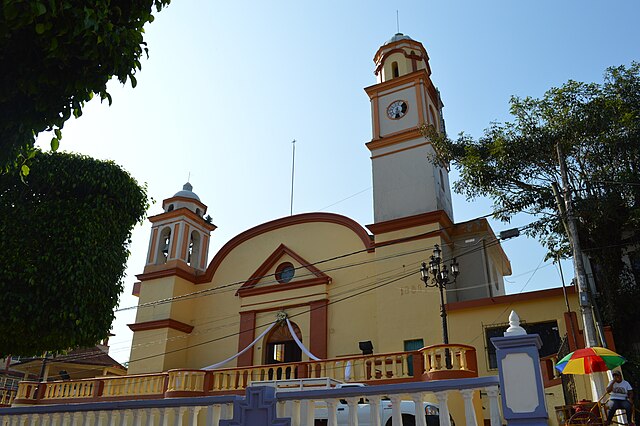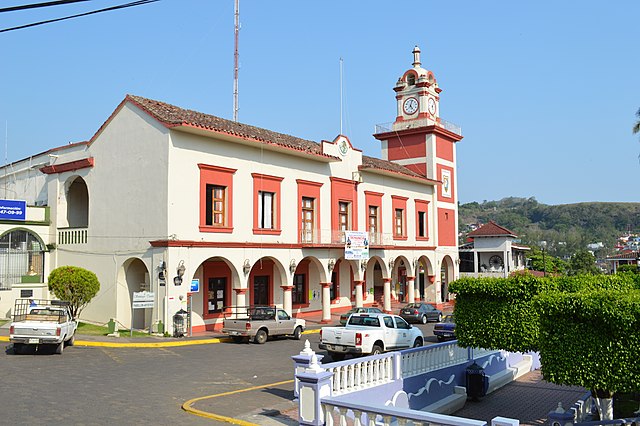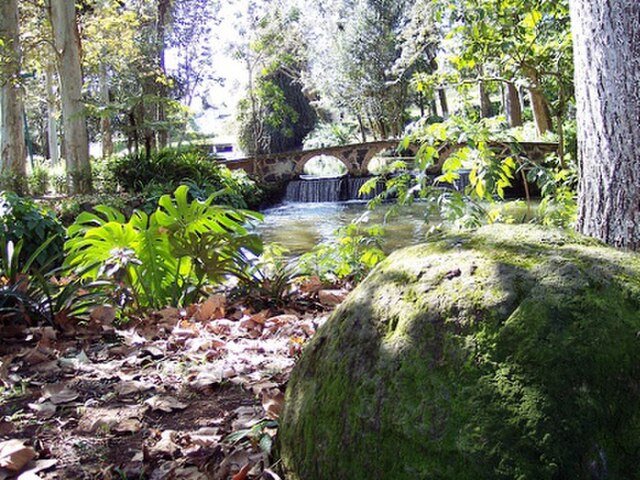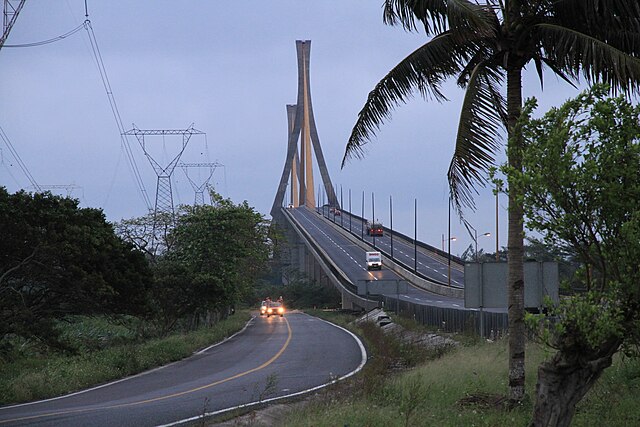Santiago Tuxtla is a small city and municipality in the Mexican state of Veracruz. The area was originally part of lands granted to Hernán Cortés by the Spanish Crown in 1531. The city was founded in 1525, but it did not gain municipal status until 1932. Today, the municipality is poor and agricultural, but is home to several unique traditions such as the Santiago Tuxtla Fair and the Acarreo de Niño Dios, when images of the Child Jesus are carried in procession several times during the Christmas season. It is also home to the Museo Regional Tuxteco which houses much of the area's Olmec artifacts, including a number of colossal heads and other monumental stone works. The city's main plaza hosts the largest Olmec colossal head in Mexico, thus making it famous.
Image: Santiago con lluvia
Image: Sagrado Tuxtla 01
Image: Muni Palace Santiago Tuxtla
Image: Museo de Sitio Tres Zapotes
Municipalities of Veracruz
Veracruz is a state in central eastern Mexico that is divided into 212 municipalities. According to the 2020 Mexican census, it is the fourth most populated state with 8,062,579 inhabitants and the 11th largest by land area spanning 71,823.5 square kilometres (27,731.2 sq mi).
Veracruz, largest municipality by population in Veracruz
Xalapa, capital and second largest municipality by population
Coatzacoalcos is the third largest municipality by population.
Córdoba, fourth largest municipality by population








